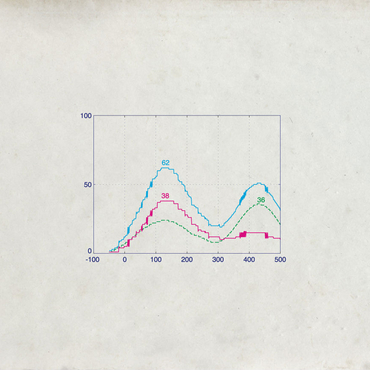
- Home
- Loupian, a villa in Gallia Narbonensis
- Wine-growing villas in the Early Roman Empire
- The estate's economy
In attempting to understand the villa's economy, field work can provide specific information, most of it technical, about agricultural activity (excavation of production equipment) or the presence of animals or plants (using laboratory analyses). Obtaining quantitative data is a much greater challenge.
At Loupian, as in other rural farms of southern Gaul, warehouse capacities are estimated by taking the average volume of the most frequently-used dolia. Other figures may be obtained by studying the pottery workshop, factoring in kiln volumes, or through estimates of wasters that are representative of total production.
It is possible to further in the construction of hypotheses, by reconstructing how the estate functioned as a system of production. To fill the gaps that archaeology cannot, additional sources, such as Roman agricultural writings, can be used. Estimation of crop yields is a key issue in discussions of economic productivity in Antiquity, which some scholars consider to be marred by outdated concepts, and others compare to the preindustrial period. Computer simulations allow researchers to test various scenarios based on these varying points of view on economic performance.
